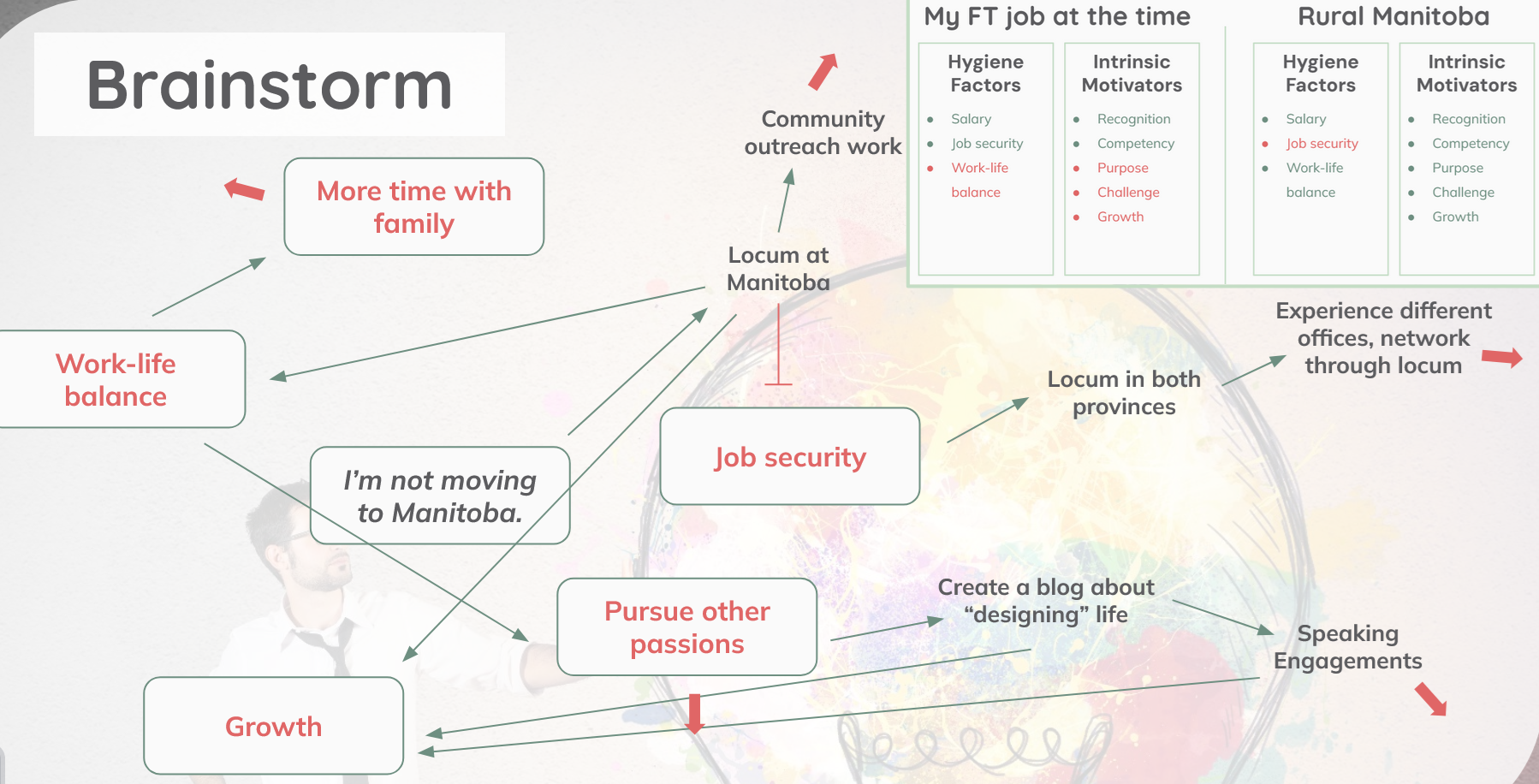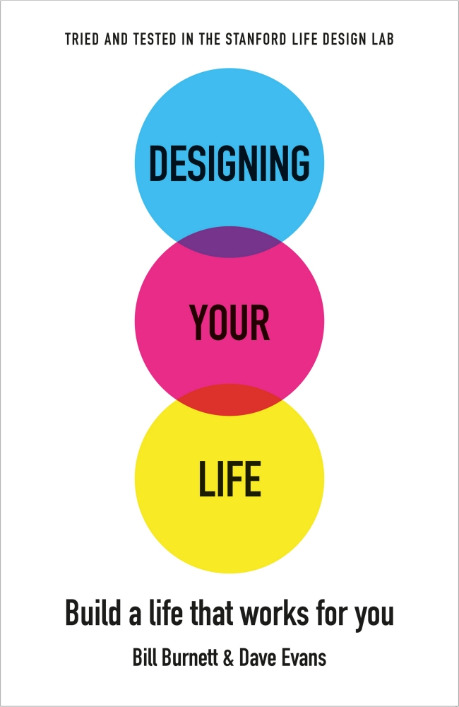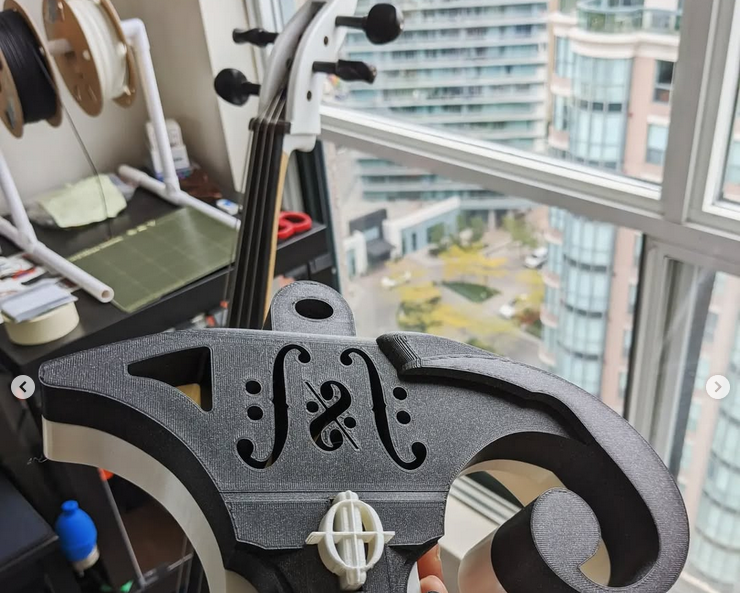Stanford’s $5 Challenge: The Power of Creative Thinking

A professor at Stanford University handed each student team an envelope. Inside was a crisp $5 bill.
Their assignment?
"$5 is your 'seed funding'. You have two hours to make as much money as possible. Then, come back and give a 3-minute presentation on what you did."
The students immediately started brainstorming—some considered buying lemonade supplies, while others thought about reselling items from the dollar store.
But the teams that made more money asked a smarter question:
“What if $5 is irrelevant?”
Instead of focusing on the small cash, they approached the problem with creativity.
One team set up a free pressure check station near a busy bike path. They offered to fill tires for $1 each.
Another team snagged reservations at popular restaurants during peak hours and sold them to people who didn’t want to wait.
But the most profitable team?
They sold their 3-minute presentation slot to a company that wanted to recruit Stanford students.
They realized the most valuable asset wasn’t the $5 or the time, but the attention of their peers and the professor. They turned their presentation time into a commercial, making $600 and winning the assignment.
The often-cited lesson of this story is to look for hidden entrepreneurial opportunities. But I took away a different lesson.
Think Linearly, Get Predictable Results. Think Creatively, Get Exponential Results.
Teams that thought linearly tried to turn $5 into more money, and they got linear results.
But teams that approached the problem with creativity got exponential results.
Creative, design thinking = outsized returns
This is a concept that applies to designing your ideal work, one that transformed my career in the last few years.
Building Your Ideal Career is a Creative Process
Finding your ideal work is a creative process, yet many professionals take a rigid, linear path.
I, too, followed a linear path and got predictable results:
Work hard as an associate ➡️ Build a patient base ➡️ Open a clinic
Some people thrive on the "traditional" path, but it made me deeply unhappy.
After burning out, I approached my career with creativity, which was the key to building a unique travel optometry career.
Call From Rural Manitoba
When a colleague in rural Manitoba called to offer a job, I initially declined ("Sorry bud, there's no way I'm moving to Manitoba").
But later, I started thinking outside the box:
- Instead of a permanent position, what if I offered locum work in Manitoba?
- License in multiple provinces?
- How could travel optometry work logistically and financially?

Fast forward to now, I choose when, where, and with whom I work. I’m licensed in Ontario, Manitoba, and Newfoundland (with more on the way). I’ve explored incredible places, met amazing people, and rediscovered my love for optometry.
I also started writing about work-life happiness, which led to speaking engagements – something I never imagined I'd do.
Creative thinking didn’t just revitalize my career; it transformed my life.
Creativity is Key
Pick a problem you're facing, whether in work or life.
Put on your creativity hat and:
- Question assumptions
- Think like a designer
- Don't just think of what's "realistic"
Follow your creativity—you might be surprised where it leads!
If you're ready to start thinking differently, check out this book for more ideas on this topic:

Book that kickstarted my year of radical change.






Member discussion